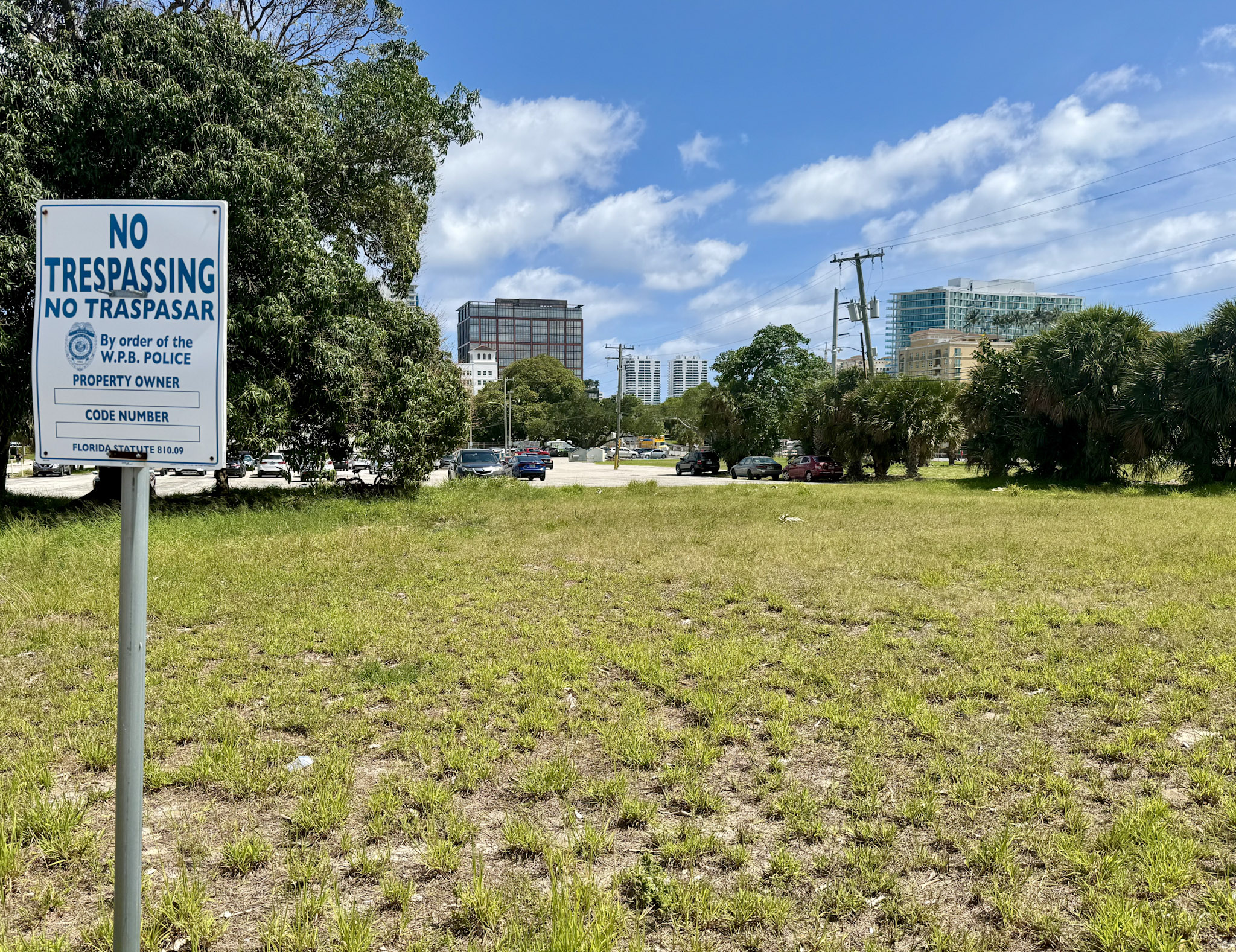
Introduction
The worldwide market for on-demand transportation is projected to grow from USD 187.6 billion in 2023 to approximately USD 885.0 billion by 2033. This represents a compound annual growth rate (CAGR) of 19.4% from 2024 to 2033.
On-Demand Transportation and its Impact on Sustainable Development Goals (SDGs)
The on-demand transportation industry, also known as ride-hailing or ride-sharing, has significantly transformed urban mobility in recent years. This growth is driven by technological advances, rising urbanization, and shifts in consumer behavior. Companies like Uber, Lyft, and Didi have become integral to city transport, offering convenient and economical options compared to traditional methods. However, the industry faces obstacles such as regulatory restrictions, safety concerns, and intense competition. Despite these challenges, the on-demand transportation market presents immense potential for innovation and growth, aligning with several Sustainable Development Goals (SDGs).
Factors Driving the Growth of On-Demand Transportation
- Technological advances
- Rising urbanization
- Shifts in consumer preferences towards more efficient and sustainable travel options
Key Takeaways
In 2022, the global on-demand transportation market was valued at approximately USD 157.1 billion and is anticipated to reach an estimated USD 885.0 billion by 2203, growing at a compound annual growth rate. On-demand transportation is an internet-based service that allows users to book vehicles for travel between locations, with fares calculated based on distance, vehicle type, and chosen route.
- Expanding urban population in need of flexible transportation solutions
- Increasing fuel prices encouraging consumers to seek more economical alternatives
The Role of On-Demand Transportation in Sustainable Development
On-demand transportation services, such as ride-hailing and car-sharing, have transformed urban mobility by providing a convenient, flexible, and reliable alternative to traditional transportation methods. These services leverage advanced technologies like GPS and artificial intelligence to optimize routes, ensure passenger safety, and offer seamless cashless transactions. They play a significant role in reducing traffic congestion and carbon emissions through shared rides and the promotion of electric vehicles. Economically, on-demand transportation creates job opportunities for drivers and offers affordable travel options, stimulating local economies. Accessibility is also enhanced, as these services cater to individuals with disabilities and those in areas with limited public transportation. However, the rapid growth of this sector poses regulatory challenges, requiring governments to address issues like driver rights and the impact on traditional taxi services. As the industry evolves, future trends point towards the integration of autonomous vehicles, increased electric vehicle use, and multimodal transportation options, promising an even more efficient and sustainable urban mobility landscape.
Emerging Trends in On-Demand Transportation
The on-demand transportation sector is witnessing a significant transformation driven by several emerging trends:
- Increasing investment in electric vehicles for fleets to meet environmental standards and cater to eco-conscious consumers
- Extensive integration of Artificial Intelligence (AI) to optimize routes, manage fleets, predict demand, and personalize customer experiences
- Rising inclination towards multimodal transportation solutions, offering seamless integration of various modes of transport within a single platform
- Gradual introduction of autonomous vehicles into on-demand transportation fleets, reshaping market dynamics by reducing dependency on human drivers and boosting safety and efficiency
- Expansion of on-demand transportation services into rural and suburban areas, creating new growth opportunities and tapping into previously underserved customer segments
Top Use Cases of On-Demand Transportation
On-demand transportation has revolutionized travel, offering convenience and flexibility. Some of the top use cases include:
- Ride-hailing services like Uber and Lyft, providing a user-friendly alternative to traditional taxis
- Car sharing platforms like Zipcar and Car2Go, allowing users to rent vehicles by the hour or day
- Peer-to-peer sharing through Turo, enabling individuals to rent out their personal cars
- Microtransit solutions like Via, offering shared rides on flexible routes for first and last-mile connectivity to public transit
- Electric scooters and bikes from Lime and Bird, providing a convenient mode of transportation for short urban trips
- Delivery services like DoorDash, Uber Eats, and Grubhub, facilitating quick food deliveries
- Parcel delivery services like Postmates and Amazon Flex, providing efficient delivery options
- Non-emergency medical transport services, ensuring patients can attend medical appointments
Source: https://market.us/report/on-demand-transportation-market/
SDGs, Targets, and Indicators
SDGs
- SDG 9: Industry, Innovation, and Infrastructure
- SDG 11: Sustainable Cities and Communities
- SDG 13: Climate Action
- SDG 8: Decent Work and Economic Growth
- SDG 3: Good Health and Well-being
Targets
- SDG 9.1: Develop quality, reliable, sustainable, and resilient infrastructure
- SDG 11.2: Provide access to safe, affordable, accessible, and sustainable transport systems
- SDG 13.2: Integrate climate change measures into national policies, strategies, and planning
- SDG 8.5: Achieve full and productive employment and decent work for all
- SDG 3.8: Achieve universal health coverage
Indicators
- Indicator 9.1.1: Proportion of the rural population who live within 2 km of an all-season road
- Indicator 11.2.1: Proportion of the population that has convenient access to public transport
- Indicator 13.2.1: Number of countries that have integrated climate change measures into national policies, strategies, and planning
- Indicator 8.5.1: Average hourly earnings of female and male employees
- Indicator 3.8.1: Coverage of essential health services
Analysis
1. Which SDGs are addressed or connected to the issues highlighted in the article?
The issues highlighted in the article are connected to the following SDGs:
- SDG 9: Industry, Innovation, and Infrastructure
- SDG 11: Sustainable Cities and Communities
- SDG 13: Climate Action
- SDG 8: Decent Work and Economic Growth
- SDG 3: Good Health and Well-being
2. What specific targets under those SDGs can be identified based on the article’s content?
Based on the article’s content, the specific targets under the identified SDGs are:
- SDG 9.1: Develop quality, reliable, sustainable, and resilient infrastructure
- SDG 11.2: Provide access to safe, affordable, accessible, and sustainable transport systems
- SDG 13.2: Integrate climate change measures into national policies, strategies, and planning
- SDG 8.5: Achieve full and productive employment and decent work for all
- SDG 3.8: Achieve universal health coverage
3. Are there any indicators mentioned or implied in the article that can be used to measure progress towards the identified targets?
Yes, there are indicators mentioned or implied in the article that can be used to measure progress towards the identified targets:
- Indicator 9.1.1: Proportion of the rural population who live within 2 km of an all-season road
- Indicator 11.2.1: Proportion of the population that has convenient access to public transport
- Indicator 13.2.1: Number of countries that have integrated climate change measures into national policies, strategies, and planning
- Indicator 8.5.1: Average hourly earnings of female and male employees
- Indicator 3.8.1: Coverage of essential health services
Table: SDGs, Targets, and Indicators
| SDGs | Targets | Indicators |
|---|---|---|
| SDG 9: Industry, Innovation, and Infrastructure | SDG 9.1: Develop quality, reliable, sustainable, and resilient infrastructure | Indicator 9.1.1: Proportion of the rural population who live within 2 km of an all-season road |
| SDG 11: Sustainable Cities and Communities | SDG 11.2: Provide access to safe, affordable, accessible, and sustainable transport systems | Indicator 11.2.1: Proportion of the population that has convenient access to public transport |
| SDG 13: Climate Action | SDG 13.2: Integrate climate change measures into national policies, strategies, and planning | Indicator 13.2.1: Number of countries that have integrated climate change measures into national policies, strategies, and planning |
| SDG 8: Decent Work and Economic Growth | SDG 8.5: Achieve full and productive employment and decent work for all | Indicator 8.5.1: Average hourly earnings of female and male employees |
| SDG 3: Good Health and Well-being | SDG 3.8: Achieve universal health coverage | Indicator 3.8.1: Coverage of essential health services |
Source: dcvelocity.com







